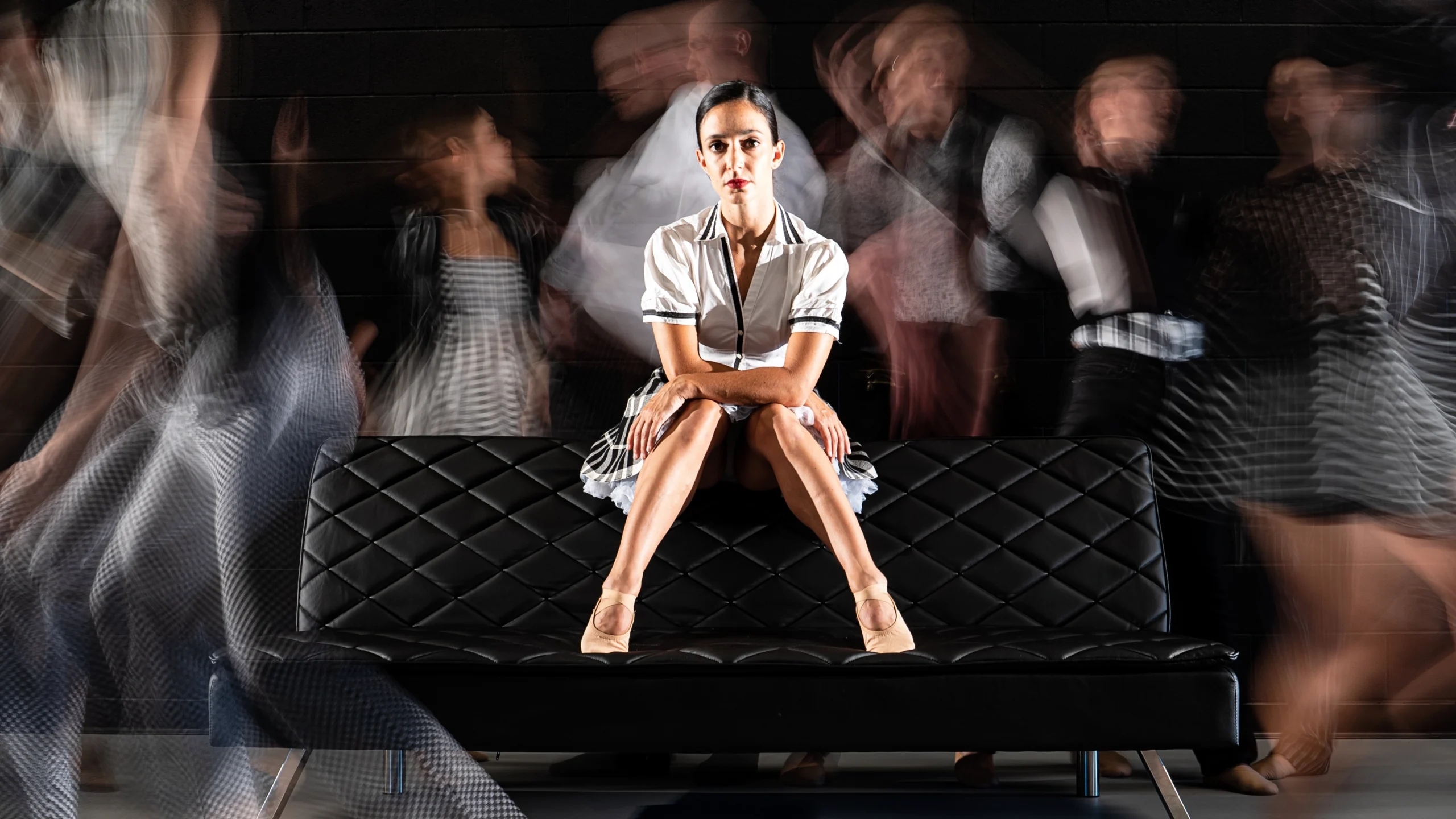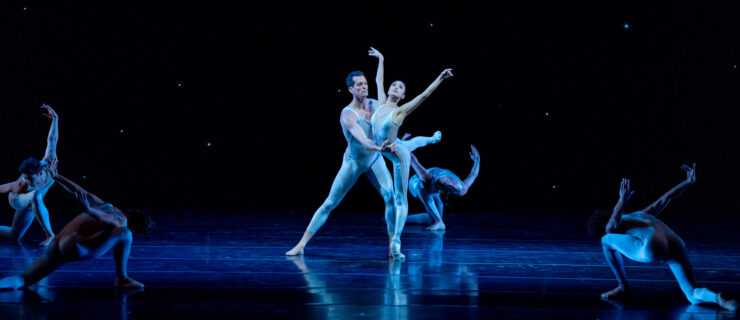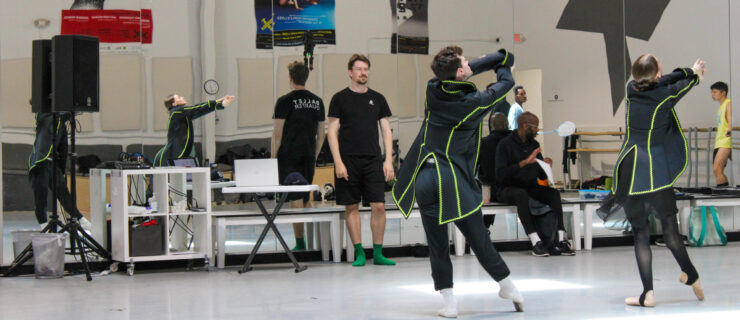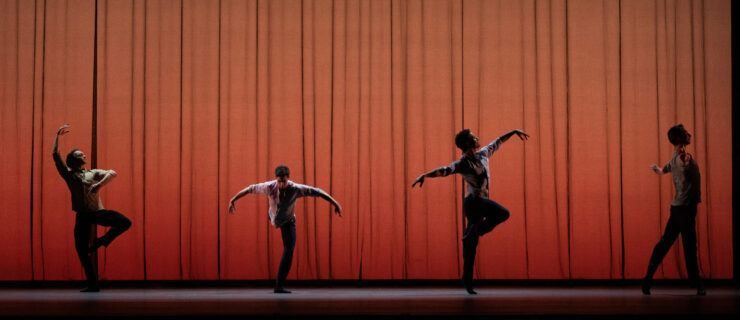Wonderbound’s Awakening Beauty Breathes New Life Into a Classic
From February 22 to March 3, Denver-based contemporary ballet company Wonderbound will present the world premiere of Awakening Beauty, a modern twist on the classic Sleeping Beauty.
In contrast to the original ballet, this storyline will not involve salvation by a prince. Instead, it will center on protagonist Talia’s fraught transition from childhood to adulthood, including the challenges she faces in realizing her own agency.
Choreographed by artistic director Garrett Ammon, the new work will feature music composed and performed live by frequent collaborator Tom Hagerman, a member of the Grammy-nominated rock band Devotchka. Hagerman will be joined onstage by local musicians.
Pointe spoke with Ammon about creating this new production.
Could you talk about how Awakening Beauty reimagines the traditional story of Sleeping Beauty?
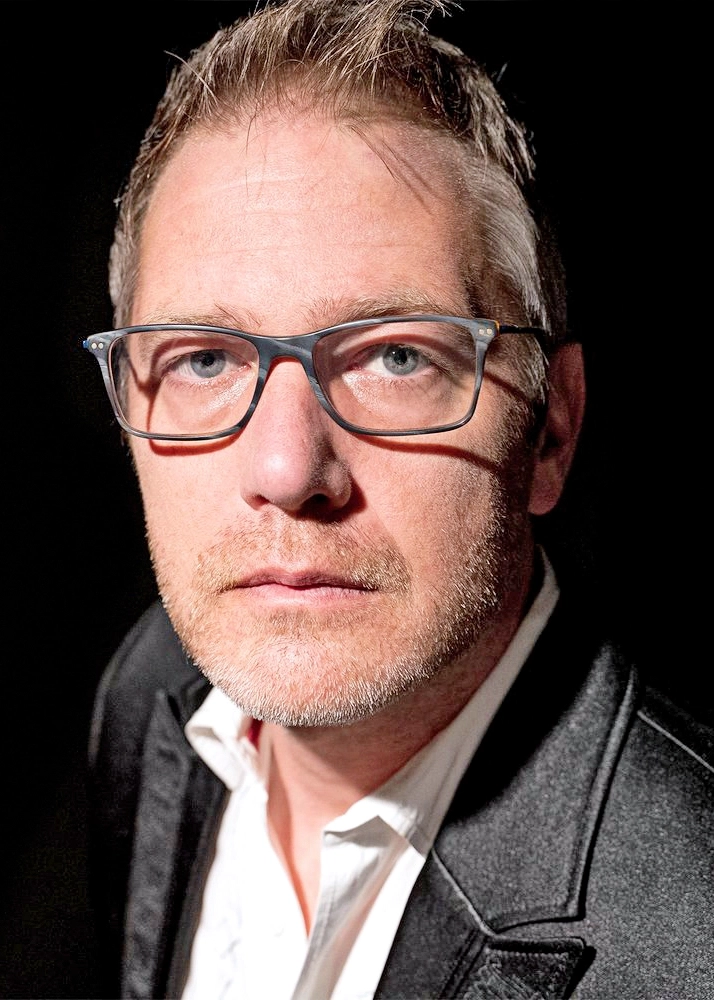
It’s been reimagined from the ground up. [Tom Hagerman] took some of the themes from Pyotr Ilyich Tchaikovsky’s Sleeping Beauty and built them into the score, but it is largely his own music with some of those themes coming forward at various points, sometimes really obscurely, sometimes really potently.
The story—I looked at it from the standpoint of wanting to explore this character. I went back and looked at all the source material of the original fairy tales. The main character’s name is Talia, which comes from a fairy tale called Sun, Moon, and Talia [by Giambattista Basile, 1634], which was kind of a precursor to the Sleeping Beauty story. You look back at these fairy tales and, often, especially from a modern eye, they are quite mortifying. But at the same time, I found an interest in that, of saying, “Obviously, this isn’t about a young woman sleeping. This is about a young woman discovering who she is.”
That’s the journey that we take: giving this young woman a family and a home life, and then placing a lot of circumstances and obstacles in her way. That goes from infidelity within her family into her own interactions as she’s moving through adolescence and into young adulthood. And placing her in difficult situations where the choices might not be clear for her or for anybody involved.
What was the choreographic process like?
My process, generally, is to do a lot of front-end work to try to develop situations and subject matter that I want to explore, but I don’t create any movement until I’m in the studio with the dancers. They have a huge influence on not only the movement that we end up creating together, but also we make a lot of discoveries about the story and the characters in the studio. That then can have cascading effects on the entire story.
The musicians will come in the week prior to opening to go through multiple rehearsals with the dancers. The goal is, by the time everybody comes together in the room, we have a pretty good idea of how that’s all going to function together.
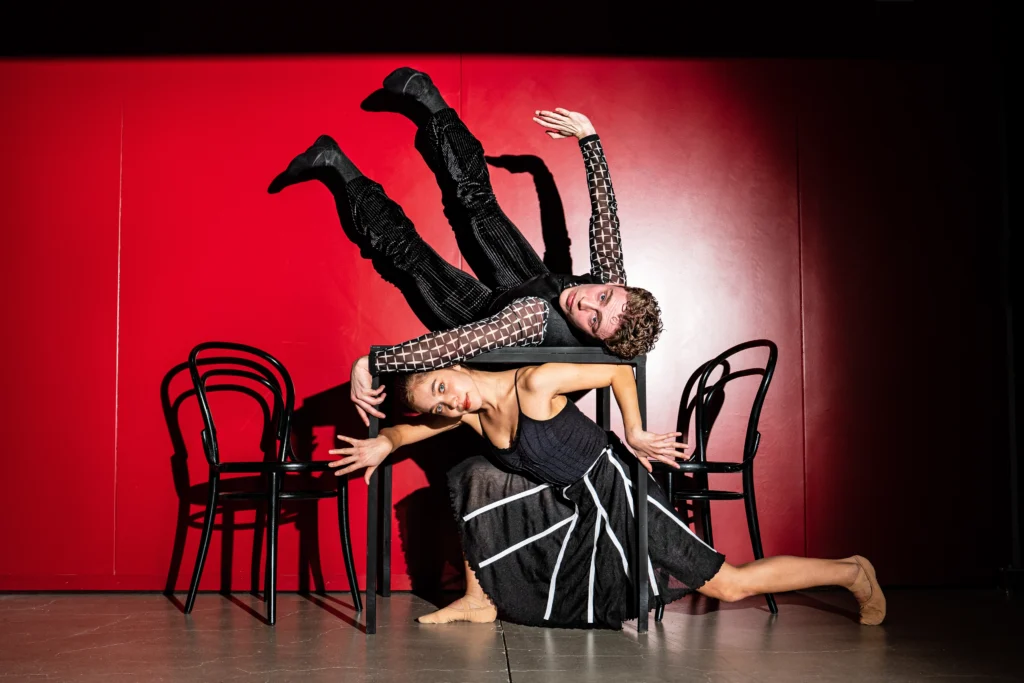
Could you describe the set design and costuming?
I developed the scenic design early in the process. What I ended up leaning into was taking simple architectural forms—like mid-century Bauhaus—to create positive and negative space. Part of what I was interested in is how that also looks like children’s building blocks. I wanted to set it down in this idea of Talia beginning the story as a little girl, and presenting that simplicity of life as when we’re young, and how we don’t see all the complexity yet.
Then, those shapes have a lot of opportunity to play with shadow and distortion. When we bring the lighting design in, it will dramatically affect the space. We’ll get more into the light and dark and gray areas of the psychology of moving from childhood to adulthood.
Dawn Fay, my wife and the president of the organization, is working with Wonderbound costume designer Sloane Crazybear on the costumes, and they’re going to be incredibly vibrant. Contrasting to the super-minimalist aesthetic of the sets are these popped costumes.
We’ve set the story in a place that is ambiguous about time period. That’s given us a lot of flexibility about when we are or where we are.
